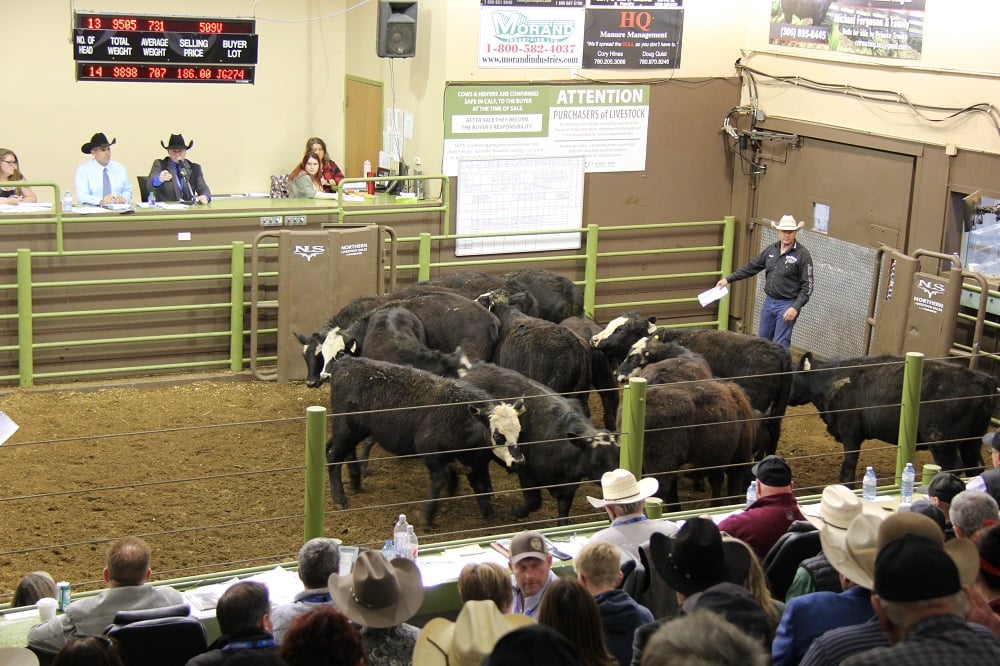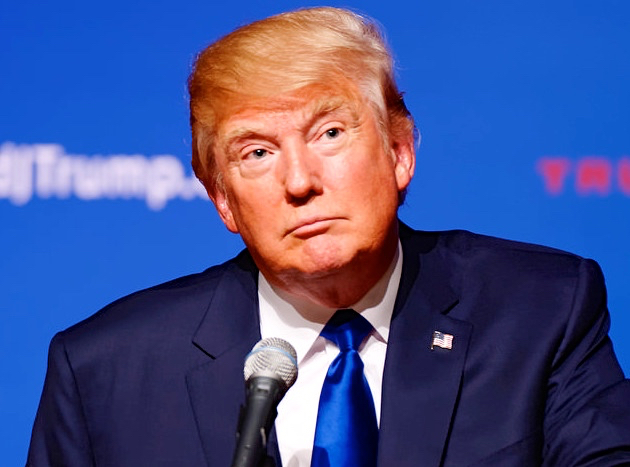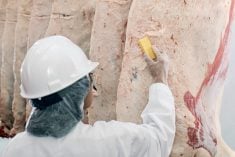We put on our most entertaining presidential campaign ever down here for Canadian cattlemen. Now, it’s on to a whole new reality on both sides of the border. What can Canadians expect from President Trump?
There is definite good news. Three times before in American history, an administration has applied a free market, supply-side approach to our economy: cutting tax rates, cutting regulation, cutting spending and encouraging trade with the co-operation of Congress. Presidents William G. Harding and Calvin Coolidge did it post-First World War in the early 1920s; President John F. Kennedy set it in motion and President Lyndon Johnson carried it out in the 1960s; President Ronald Reagan did it in the 1980s.
Read Also

Cattle Market Summary
Break-evens, cow and calf prices, plus market summaries courtesy of Canfax and Beef Farmers of Ontario. Cost of Production May…
The result each time: an economic boom that lasted for many years. Reagan’s boom that began with economic conditions much worse than President Trump will face, lasted well into the 1990s because President Bill Clinton was smart enough to leave the economy alone.
So we know supply-side economics works and we have three examples of the country trying Keynesian economics, that is, controlling the economy through government spending: Presidents Herbert Hoover/Franklin Roosevelt (Great Depression), Presidents Nixon/Ford/Carter in the 1970s and President Obama.
All demonstrated that Keynesian policy does not work. Relevant here, many believe passage of the Smoot-Hawley Tariff Act of 1930 was a key factor in the length and depth of the Great Depression. Raising tariffs on 20,000 imports, it cut imports by half and countries worldwide retaliated.
Strengthening the good news, House Republicans have been working for years on a tax reform package very similar to what Trump outlined during the campaign, so quick action should be possible. That would mean cutting the U.S. corporate tax rate from 35 per cent (the world’s highest) to 15 per cent for corporations of all sizes; cutting individual income tax rates significantly while simplifying (with fewer brackets) and streamlining (with fewer deductions); allowing immediate expensing of business investment instead of long-term depreciation; elimination of the death tax and allowing repatriation at 10 per cent of literally trillions earned by American companies overseas parked there to avoid the 35 per cent tax.
Beyond tax reform is the elimination of a long list of regulations implemented by presidential executive orders and overreaching federal agencies. Trump has promised to concentrate on opening up energy production, certain to include getting rid of regulations that handicap fracking, the development of energy on federal lands, and the power and coal industries, and approving the Keystone XL pipeline. While some of this is competitive to Canadian energy interests, some of the economic growth in the U.S. should also raise demand for Canadian energy and agricultural minerals. The pipelines should certainly cut the cost of exporting Canadian energy.
Another likely move is the early repeal of Obamacare, which has not done what it promised for citizens, damaged the healthcare industry in America and been a drag on business growth and expansion.
If Trump can get these moves through Congress, the U.S. economy could, relatively quickly, see some significant growth from what still feels like a recession. A strong economy with companies being able to make money, expand and invest, create jobs and pay better wages, should make the U.S. a better customer for Canadian cattle, calves and beef, giving your whole production chain a boost. Longer term, the U.S. economy lifting the world economy should help create demand for Canadian beef and grains in markets around the world.
The uncertainty centres mainly around trade: NAFTA and the possible failure for TPP. Multiple moving parts began moving on the trade front right after the election:
- The White House, after claiming they had the votes for TPP, supposedly threw in the towel.
- The week after the election the agriculture industry started reaching out to the Congressional leadership and Trump transition team to explain that dumping TPP and wrecking NAFTA would be terrible for the agriculture sector, which voted heavily for Trump.
- The auto industry will certainly join in on NAFTA. It has constructed complex supply chains among the three countries, based not just on labour costs but on Free Trade Agreements Mexico has with the EU covering freight costs, margins on small cars. Auto companies have some complaints about TPP but the negotiation, especially those involving Japan, covered how to balance tariffs in worldwide supply chains.
- Much of the economy depends on trade and, hopefully, many industries will apply pressure to Congress and/or Trump’s team in the lame duck congressional session.
- Trump claimed to be a free trader but wrecking trade agreements does not follow. Derailing TPP would play into the hands of China, allowing it to dominate the Pacific region economically and diplomatically.
- Trump’s blue-collar Rust Belt supporters want jobs. They care more about that bottom line than how it is accomplished but they never called for a trade war that could severely damage present jobs much less ruin the chances for new ones.
Early in the Trump transition, a leaked memo indicated the transition team was thinking of reviving COOL as part of its plan to renegotiate NAFTA. No such move had been broached with the Trump Agricultural Advisory Committee which immediately responded that COOL was not to be considered. It had already been litigated, repealed, and was dead. Politico’s Morning Agriculture reported a Trump surrogate attended R-CALF’s annual convention in August. That would explain a heap.
















